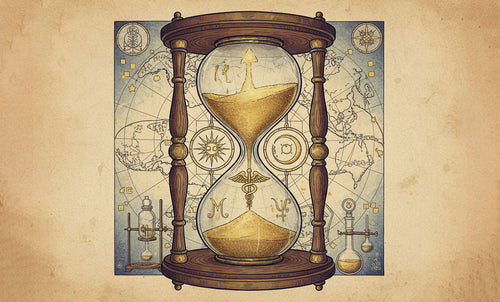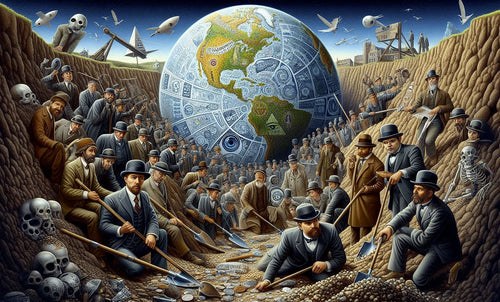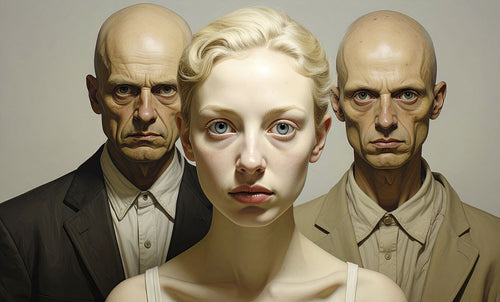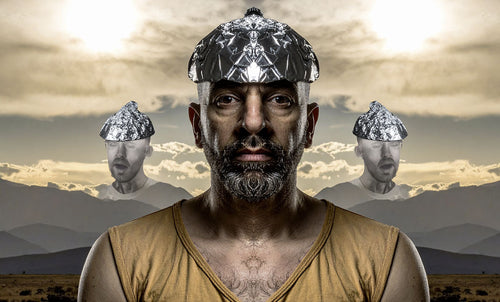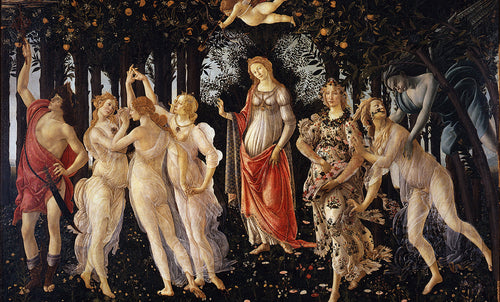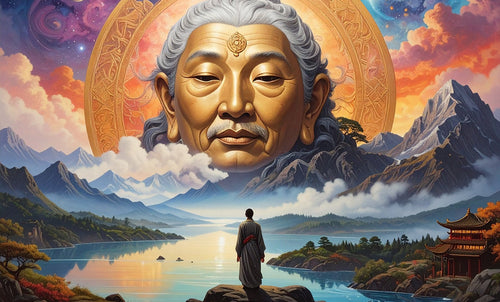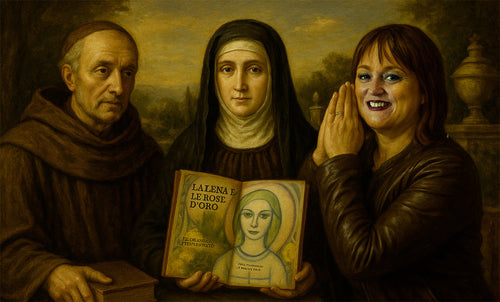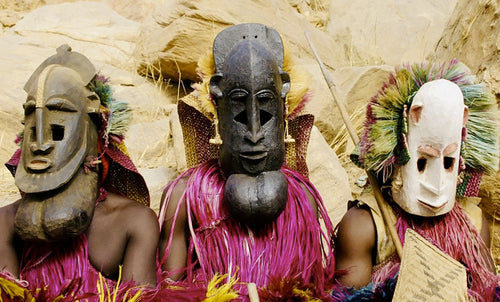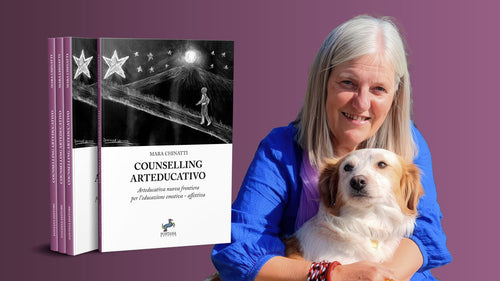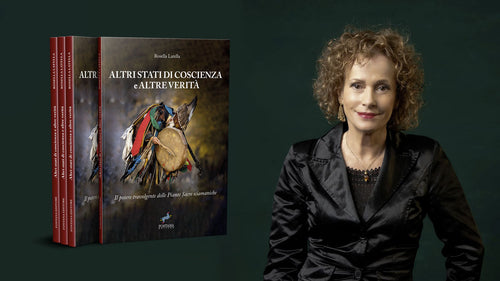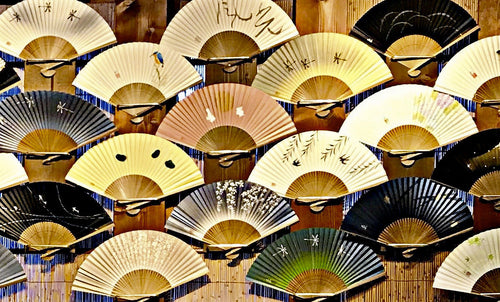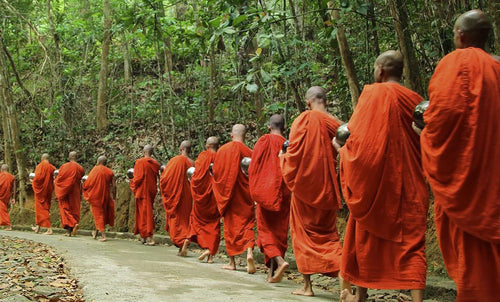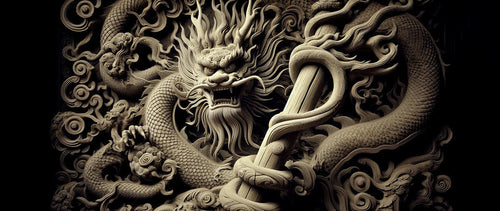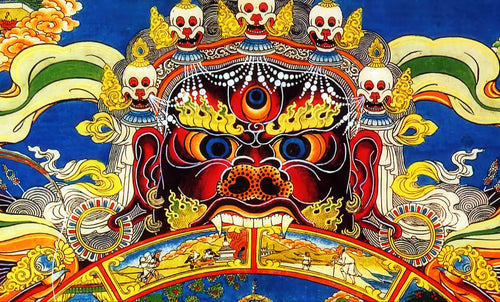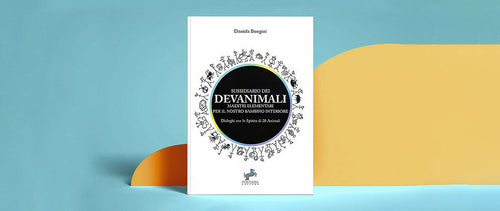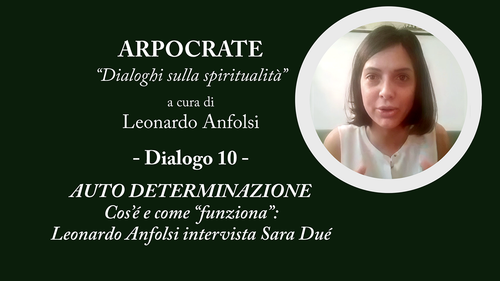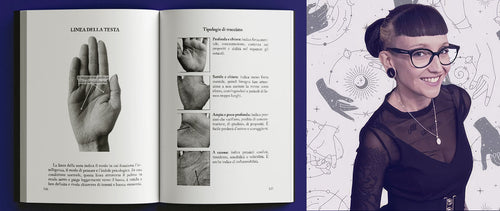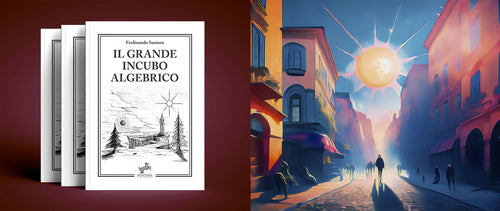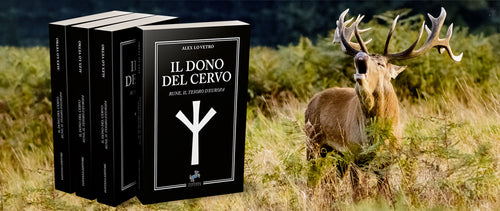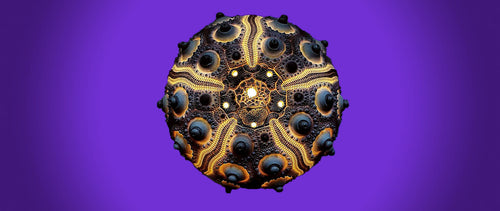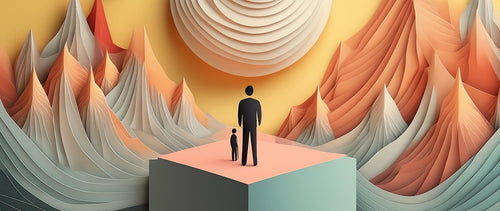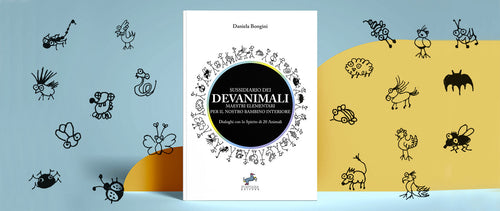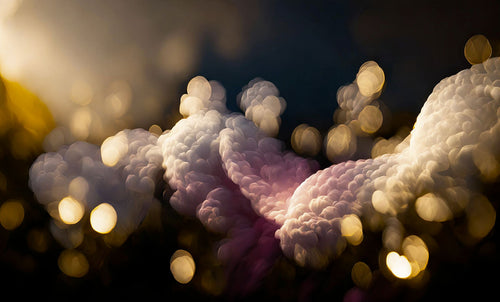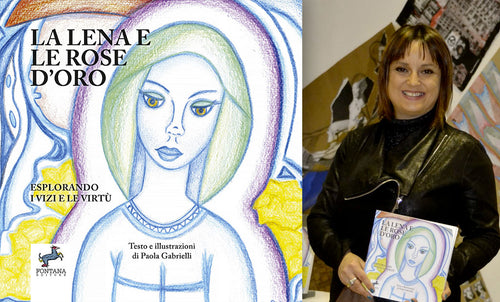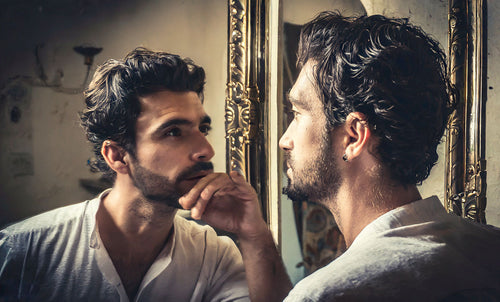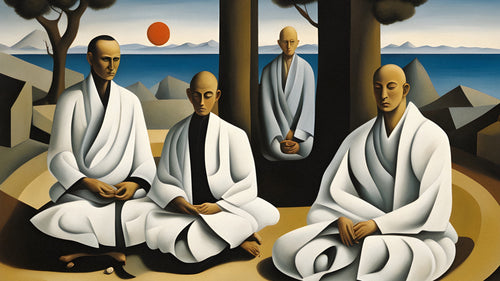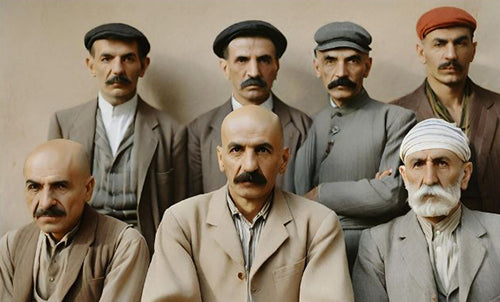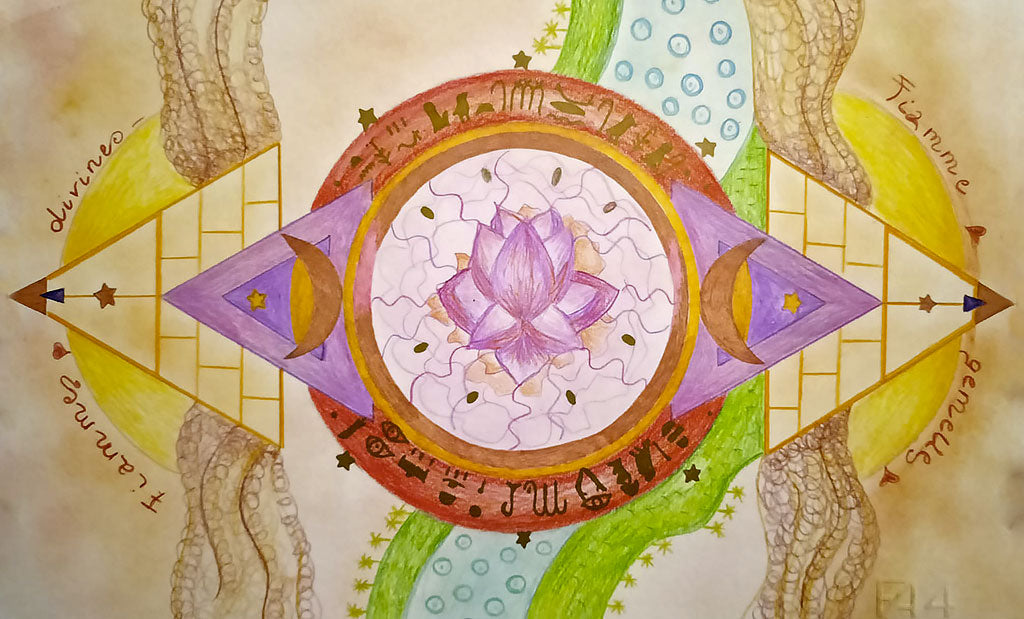
Mandala, the sacred way
Paola GabrielliMandala, the sacred way, what do they have in common with the foundation of a city in the ancient world? The foundation has always had a character that is not only merely civil and political, but also sacred. As in the Greek world, as in the Etruscan-Roman one. Let's find out...
When they built a new city, the Etruscans respected a series of rules: a priest traced a furrow that defined the perimeter of the city; to do this, he used a copper plow, pulled by a pair of white oxen. The city had a regular plan formed by the intersection of streets that all had one direction, either from north to south, or from east to west, whose main axes were called cardo and decumanus respectively. The city was surrounded by defensive walls made of tuff, in which arched doors were opened, while in the center of the city a well was dug and closed by a stone slab. It constituted the passage between the world of the living and the world of the dead. A city was considered founded only when the temples, streets and doors had been consecrated.

The Romans inherited this practice of foundation from the Etruscans. The site was chosen only after consulting the divine will by the priest-king who would govern the city, through the observation of nature, such as the flight of birds, or the entrails of animals. After that, a first furrow was drawn, the sulcus primigenius, and, around it, a subsequent one, the pomerium, the actual border. The strip of space that was created was considered a protective ring for the city; later it was replaced by defensive walls and moats.
This area was exorcised by the king-priest through magic formulas and spells, so that ghosts and demons could not harm the city and were confined here. Inside the city, the main road axes were then traced, the cardo and the decumanus, with a north-south and east-west direction, in such a way as to divide the city into four parts, thus finding, at the points of intersection with the external perimeter, the place where the access gates to the city should be built, each of which was dedicated to a divinity. The city walls separated the city, the urbs, from the countryside, the ager, and symbolically civilization from barbarism. At the center of the city, a pit was dug, the mundus, the point of contact with the afterlife, into which stones were thrown, or animals, sometimes even men, were sacrificed. It may seem to us, a cruel act, but for the mentality of the time, asking a favor to the deities or protection, implied sacrificing something equally important. It was not possible to receive, without giving and this is a principle of universal validity.

All this brings me back to the practice of painting the mandala , the circle within which we represent ourselves in relation to the world. Outlining the sacred sign sends us back in time and space and reconnects us to all those who have preceded us, just like the Roman priest-king who traced the furrow of the city and for it, invoked divine protection. Here the mandala represents the sacred city in which to exorcise the negative thought forms that hinder our spiritual path. Lines and colors become the practices through which to perform the rite; pencils and colors, the magic wands to trace the boundaries of the earthly world and the otherworldly one, so that they can move the energy of our thought towards the point of liberation.

Every time I prepare for the rite of building my mandala, I feel like a priestess who puts on the white robes of the past and reconnects to past lives, capturing their movements and energies. From the center of the mandala, the flows of intersection between the worlds are released and, in that precise moment, I have the possibility of directing the energies of passage and choosing the path of life that most illuminates me and sheds light on the world with words of truth. At the four doors I find my guardians, the guides who accompany us in this earthly existence. They change throughout existence based on the moment we are living, and they are here to help us and support us lovingly, if only we ask them to.
We are the ones who can choose, thanks to free will, who to let into the sacred city; the guides can support us, but not interfere with our decisions and in particular, with the pact we made before birth. We invite into our sacred space only those people who have earned the right. We can establish how others will treat us based on how we treat ourselves. If in some way, in fact, we feel we have not been respected, let us ask ourselves in what we do not want to be disapproved of or, in what we want to be considered instead. Outside the sacred circle, there is the world, with its challenges and the incessant miracles that we can grasp if only we know how to observe well.

Obstacles that if, if overcome, are transformed into as many gifts. It is the creative act of the demiurge. The magician-priest who transforms lead into gold. It is the alchemical work of existence that leads to immortality when we have access to the keys of the mind that creates and recreates realities with its own power. It is up to us to know how to use it wisely.


